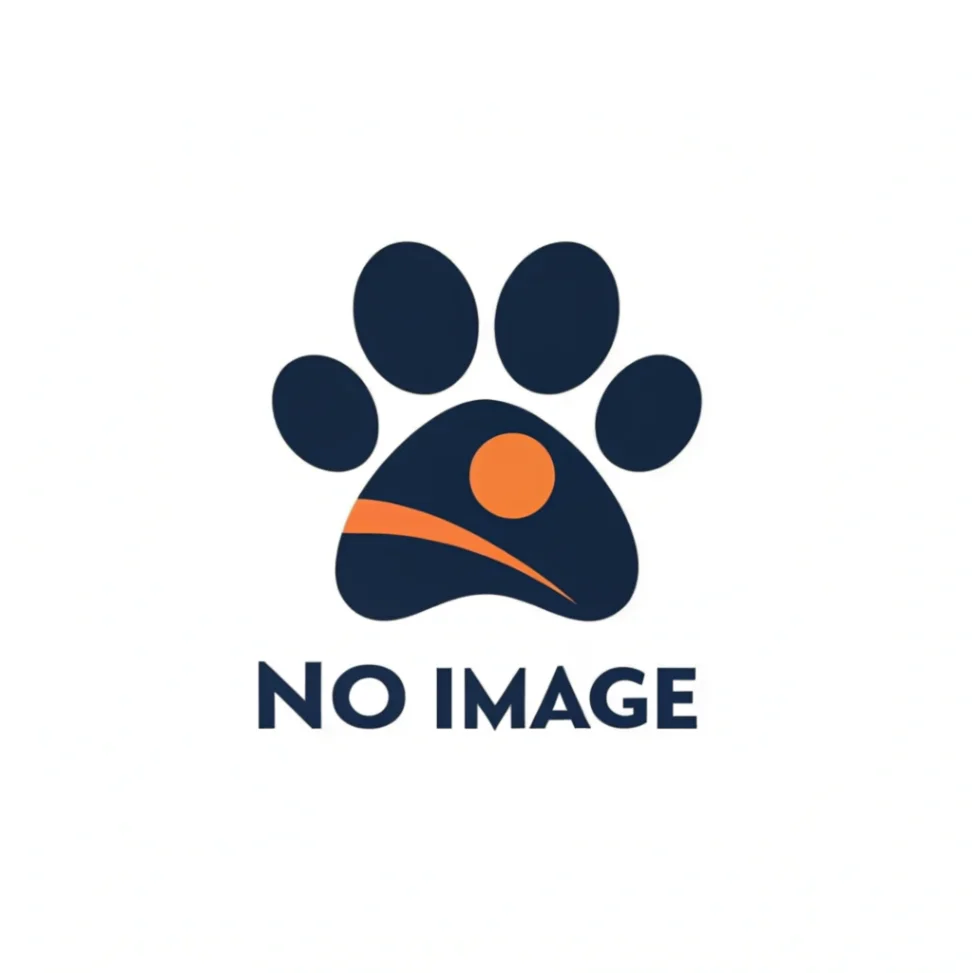
The Bark Ranger Program is an innovative initiative designed to promote responsible pet ownership while enhancing environmental stewardship. This program engages dog owners and their furry companions in meaningful ways, encouraging them to actively participate in preserving natural spaces. Through education and community involvement, the Bark Ranger Program aims to create a harmonious balance between recreational activities and environmental conservation.
Understanding the Bark Ranger Program
Definition of the Bark Ranger Program
So, what exactly is the Bark Ranger Program? At its core, the program is about educating dog owners on how to responsibly enjoy parks and natural areas with their pets. It encompasses a variety of activities and outreach efforts that aim to foster a sense of responsibility among pet owners regarding their dogs’ behavior in public spaces.
The primary objectives of the program include:
– Educating dog owners on leash laws and trail etiquette.
– Promoting the importance of cleaning up after pets.
– Encouraging the socialization of dogs in a safe and controlled environment.
History and Background
The Bark Ranger Program has its roots in the growing need for responsible pet ownership as urban areas expanded and more people began to adopt dogs. Recognizing the potential challenges that dogs can pose to wildlife and park ecosystems, various organizations came together to create a structured program that addresses these concerns.
Key milestones in the program’s development include:
– The first pilot program launched in national parks in the early 2000s.
– Expansion into state parks and local community areas.
– Involvement of organizations such as the National Park Service and local animal shelters.
These collaborations have been crucial in establishing a solid foundation for the program and ensuring its continuity.
Scope and Reach
The Bark Ranger Program is implemented in various environments, including national parks, state parks, and community trails. Its reach has expanded significantly, with thousands of participants and volunteers taking part in the program annually. The involvement of local communities has been vital in spreading awareness and encouraging responsible pet ownership.
Goals and Objectives
Promoting Responsible Pet Ownership
Responsible pet ownership is at the heart of the Bark Ranger Program. Dog owners are educated on the importance of training their pets, understanding leash laws, and ensuring their dogs behave appropriately in public spaces.
Guidelines for dog behavior typically include:
– Always keeping dogs on a leash unless in designated off-leash areas.
– Being aware of other park users, including wildlife.
– Cleaning up after pets promptly to maintain a clean environment.
Environmental Conservation
Dogs can have a significant impact on natural spaces and ecosystems. The Bark Ranger Program emphasizes the need to minimize this impact, promoting strategies such as:
– Keeping dogs on trails to protect wildlife habitats.
– Avoiding areas where wildlife is breeding or nesting.
– Educating pet owners about the local flora and fauna to foster respect for the ecosystem.
By incorporating these strategies, the program aims to reduce the negative effects of dogs on the environment while allowing them to enjoy the great outdoors.
Community Engagement
One of the standout features of the Bark Ranger Program is its focus on community engagement. By encouraging local communities to participate, the program helps cultivate a sense of ownership and responsibility towards local parks and recreational areas.
Benefits of community involvement in the program include:
– Building relationships among dog owners, fostering a sense of community.
– Increasing awareness about local parks and their ecological significance.
– Providing opportunities for volunteer work and community service.
How the Bark Ranger Program Works
Training for Bark Rangers
To become a Bark Ranger, volunteers typically undergo a training program that equips them with the necessary skills and knowledge. Training sessions include:
– Education on local wildlife and ecosystems.
– Workshops on effective communication with the public.
– Guidelines on dog behavior and management.
These training sessions are essential in preparing volunteers to represent the program effectively and ensure they are knowledgeable advocates for responsible pet ownership.
Responsibilities of Bark Rangers
Bark Rangers have various responsibilities that contribute to the program’s success. Daily tasks often include:
– Engaging with the public to educate them about responsible pet ownership.
– Monitoring dog behavior in parks and trails.
– Assisting park staff with dog-related issues or inquiries.
Through these interactions, Bark Rangers serve as positive role models, demonstrating the values and responsibilities that come with dog ownership.
Collaboration with Local Authorities
Collaboration is key to the Bark Ranger Program’s effectiveness. Partnerships with local governments, park authorities, and animal welfare organizations enhance the program’s reach and credibility. Bark Rangers often work alongside park management to:
– Promote events and educational programs.
– Address issues related to dog ownership and park usage.
– Develop policies that support both pet owners and local wildlife.
This collaborative approach ensures that the program is well-respected and supported by the community.
Benefits of the Bark Ranger Program
For Dog Owners
The Bark Ranger Program offers numerous benefits to dog owners. Participants gain enhanced knowledge about responsible pet ownership, which can lead to:
– Better-trained and well-behaved dogs.
– Increased confidence in managing their pets in public.
– Opportunities for socialization for both dogs and owners.
These benefits contribute to a positive experience for pet owners and their furry companions.
For the Environment
The program’s positive impact on local wildlife and habitats cannot be overstated. By promoting responsible pet ownership, the Bark Ranger Program aids in:
– Protecting native species and their habitats.
– Encouraging sustainable practices among dog owners.
– Contributing to broader conservation efforts that benefit ecosystems.
The program fosters a culture of respect for nature, ensuring that both dogs and wildlife can coexist harmoniously.
For Local Communities
Communities also reap the rewards of the Bark Ranger Program. By participating, community members can:
– Strengthen relationships with neighbors through shared activities.
– Increase awareness of local parks and their recreational opportunities.
– Foster a sense of pride and responsibility towards natural areas.
These connections ultimately lead to more vibrant and engaged communities.
Success Stories and Testimonials
Case Studies of Successful Bark Ranger Initiatives
Across the nation, several Bark Ranger initiatives have seen remarkable success. For instance, in a well-known national park, the implementation of the program led to a 30% decrease in off-leash incidents over a two-year period. This success was attributed to increased community engagement and education efforts.
Another case study from a local trail system showcased how the Bark Ranger Program effectively mobilized volunteers to clean up litter and promote responsible pet ownership. The result was a rejuvenated trail system that drew in visitors and improved the overall experience for everyone involved.
Personal Testimonials
Personal stories from Bark Rangers and participants highlight the program’s impact on their lives and communities. One participant noted, “Joining the Bark Ranger Program changed my perspective on dog ownership. I learned so much about responsible practices, and it has made me a more mindful pet owner.”
Another Bark Ranger shared, “The community involvement has been incredible. I’ve met so many fellow dog lovers and made great friends while working towards a common goal of preserving our local parks.”
These testimonials exemplify the program’s positive influence on individuals and their communities.
How to Get Involved
Becoming a Bark Ranger
Interested in joining the Bark Ranger Program? Here’s a step-by-step guide on how to get involved:
1. Research: Look for local programs in your area.
2. Application: Complete an application form, usually found on the program’s website.
3. Training: Attend a training session to learn the necessary skills and knowledge.
4. Volunteer: Start volunteering at designated parks or trails.
Most programs welcome participants of all backgrounds and experiences, making it accessible for anyone interested.
Supporting the Program
If you’re not ready to become a volunteer, there are many ways to support the Bark Ranger Program without direct involvement. Consider:
– Making a donation to help fund educational materials and community events.
– Sponsoring a local event to raise awareness about responsible pet ownership.
– Participating in community clean-up days or informational sessions.
Every contribution, no matter how small, can make a significant difference.
Spreading Awareness
Promoting the Bark Ranger Program in local communities can amplify its impact. Here are some strategies to spread awareness:
– Utilize social media platforms to share educational content and event information.
– Organize local meet-ups for dog owners to discuss responsible practices.
– Collaborate with local businesses to distribute program literature.
Spreading the word not only helps the program grow but also fosters a culture of responsible pet ownership within the community.
Conclusion
The Bark Ranger Program plays a crucial role in promoting responsible pet ownership and enhancing environmental conservation efforts. By engaging dog owners, fostering community involvement, and partnering with local authorities, the program creates a positive impact on both pets and their environments.
As we reflect on the importance of responsible pet ownership and environmental stewardship, consider how you can contribute to this meaningful initiative. Whether through volunteering, supporting the program, or simply spreading awareness, every action counts toward creating a better world for our pets and the natural spaces we cherish.









